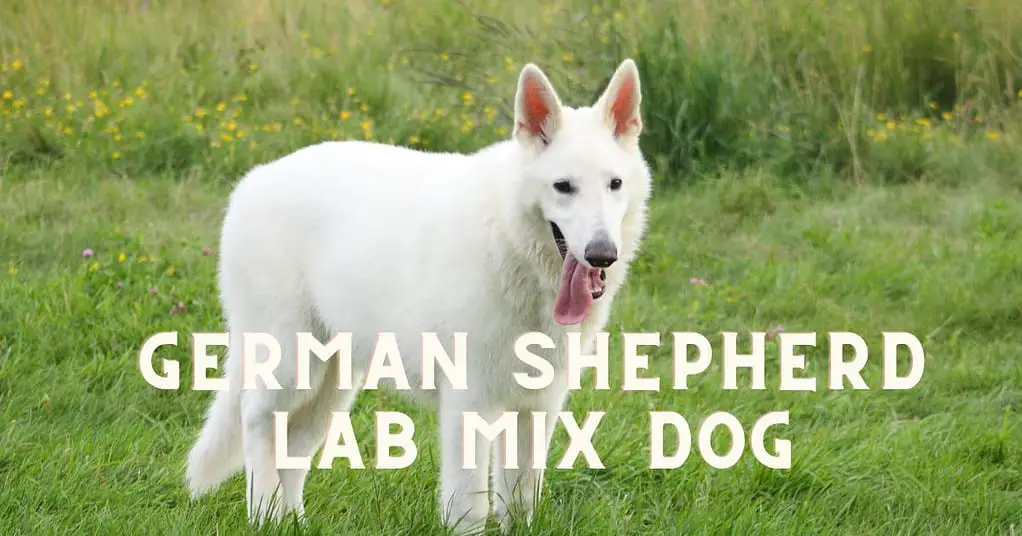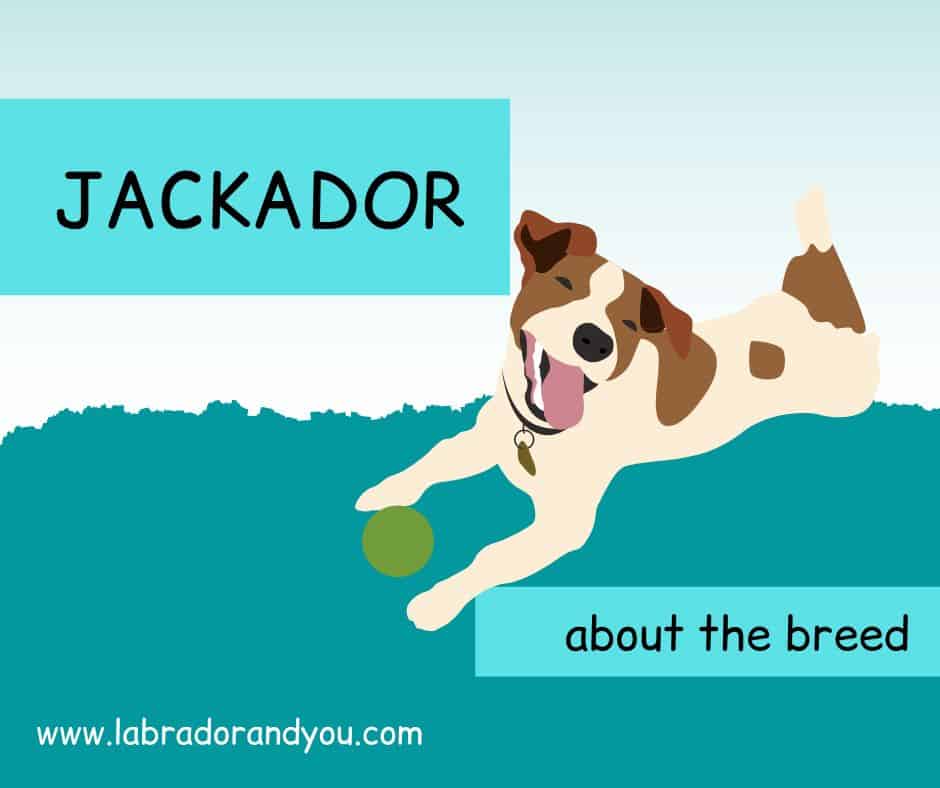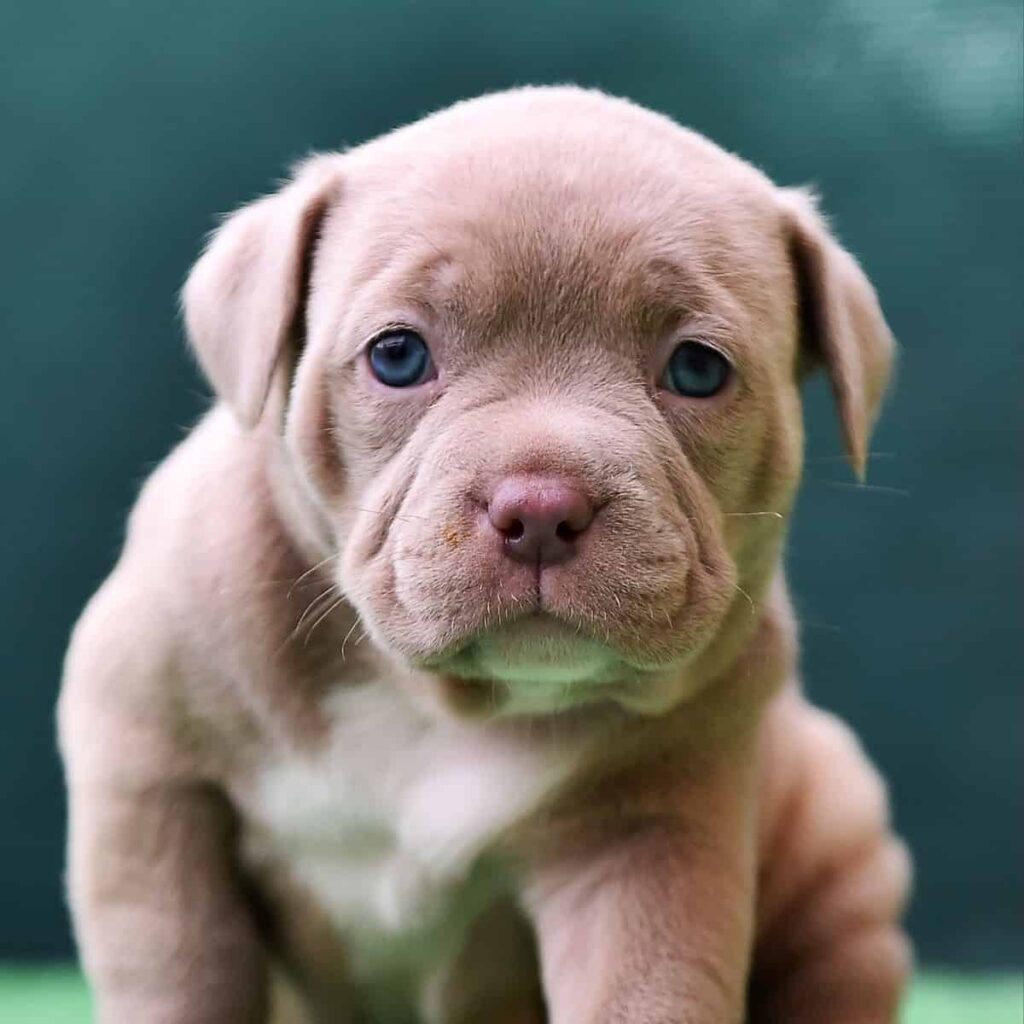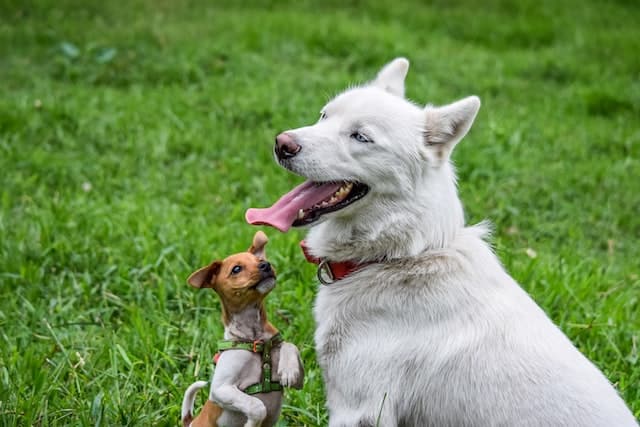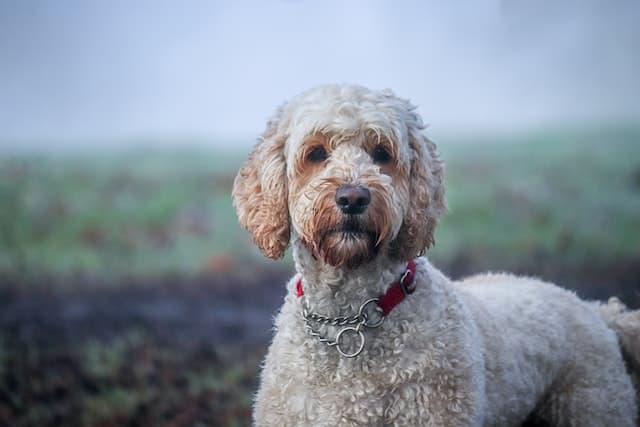A Labradoodle is a popular mixed breed dog that is a cross between a Labrador Retriever and a Poodle. An F1 Labradoodle results from the first generation breeding between a purebred Labrador Retriever and a purebred Poodle. F1 Labradoodles often display a good balance of traits from both parent breeds, including intelligence, sociability, low-shedding coats, and low dander.
They make excellent family pets and service dogs due to their trainability and easygoing nature. Though not technically a purebred, F1 Labradoodles offers predictability not found in later generations.

Labeling Labradoodle Generations
The decision to add a new puppy requires you to address a few questions. They can be standard size, male or female, breed, etc. But in the context of Labradoodles, the generation is key.
Let’s decode multigen, F1, and F2BB. Generation can make a significant difference in the dog’s traits. Even experienced labradoodle owners aren’t sure about generations. Both newbies and labradoodle veterans can read for thorough knowledge. Knowing about your puppy will help you make correct decisions.
What does the “F” mean?
“F” refers to Filial Hybrid and indicates the pooch being a blend of two purebreds.
What does the number mean?
The number stands for dog generation. 1 means first generation cross, 2 means second, and so on.
What does the “B” mean?
B at the end means it is a backcross. It suggests the labradoodle was bred back to a purebred poodle. If there are two B’s, the poodle has backcrossed the generation twice. There are times when it is backcrossed to a labrador. Since it is uncommon, we will restrict it to poodles.
What are F1 Labradoodles?
Mix dog breeds were not renowned earlier. The first lab and poodle mix was bred intentionally in the 1990s. The aim was to produce a low-shedding excellent service dog. They were named Labradoodles to sound appealing.
Labradoodle first-generation DNA is split 50/50 among the parent breeds. Today, everyone is aware of this designer breed. It has also paved the way for numerous hybrid dogs. They may not know what is a f1 labradoodle exactly.
The ‘f’ in the F1 generation describes the parent and offspring relationship. The number indicates a puppy’s generation number away from its closest purebred parent. F1 is one generation apart from their purebred ancestors.

Price –
It is the least expensive generation, costing between $ 1200 and $ 3000. The price varies based on the breeder’s location, reputation, size, and color.
F1B Labradoodle
F1B is a first-labradoodle crossbred with a poodle. The B stands for a poodle if not stated otherwise. Crossbreeding often results in the loss of particular genetic traits. The process means adding more poodle DNA.
They are low-shedders and ideal for people with allergies. Another advantage is a more predictable coat. These characteristics give you an idea of what is a f1b labradoodle.
Price –
F1B is more expensive than F1. The price ranges between $ 1500 and $ 5000.
F1BB Labradoodle
“BB” stands for double backcrosses. A cross between a purebred poodle and F1B produces F1BB. The more poodle DNA makes a good choice for allergy sufferers. It increases the labradoodle chances of being hypoallergenic.
Considering the closeness, there will be less genetic diversity between the poodle and F1BB. Their appearance and personality may appear similar to the poodles.
Price –
The F1 BB labradoodles costs between $ 1500 and $ 5000.
What is F2 Labradoodle?
The second-generation labradoodle can be further confusing. So, pay attention. There are different combinations can produce an F2.
- F1 * F1
- F1 * F2
- F1B * F1
Just a few combinations, while there can be more.
F1 * F1 is the most common one. F2s are uncommon and very unpredictable. They are more inclined toward labradors in personality traits. They can be excellent if allergies are not a concern.
Price –
The unpredictability of generation traits makes the dog inexpensive. They usually cost about $ 1200 to $ 3000.
F2B Labradoodle
A purebred poodle and second-generation labradoodle produce F2B. Backcrossing it with a poodle makes it more predictable. Less shedding and allergy-friendliness can be expected from the mix. Also known as Multigen labradoodle, they will likely have a wavy coat.
Price –
You must pay between $ 1500 and $ 5000 for an F2B.
F2BB Labradoodle
An F2 double-crossed with a poodle is known as F2BB. Extremely close to the poodle DNA, they may have 80% of it. While the traits are not guaranteed, they can be low-shedding and allergy friendly.
Price –
They are uncommon and can be pricy. The average range is $ 1500 to $ 3000.
F1 vs F2 Labradoodle
Labradoodles are like walking teddy bears. The combination of intelligence and easygoing nature makes them admirable. F1 and F2 are top labradoodles.
| Aspect | F1 Labradoodle | F2 Labradoodle |
|---|---|---|
| Breeding | Cross between purebred Labrador Retriever and purebred Poodle | Cross between two F1 Labradoodles |
| Coat genetics | 1st generation cross, more predictable coat type | 2nd generation cross, more variation in coat type |
| Shedding | Usually low to non-shedding | Moderate shedding possible |
| Coat texture | Usually soft, wavy coat | Can vary from curly to straight |
| Size | Medium, 40-65 lbs | Medium to large, 45-80 lbs |
| Temperament | Intelligent, sociable, energetic | Similar to F1 but more variability |
| Health risks | Lower risk of inherited diseases | Slightly higher risk of inherited diseases |
| Price | $2000-$3500 | $1000-$2000 |
F1
f1 labradoodle size
A standard labradoodle is medium to large. They weigh about 50 to 60 pounds and are 21 to 24 inches tall. An F1 labradoodle puppy can be too big or too small. The soft curly coat and expressive eyes make them adorable dogs.
Temperament
This playful, good-natured pooch loves to be around everyone and shares great temperaments. A home with an active family is ideal. Timely walks and play are a good thing to keep them sound.
While each puppy or breed has unique traits, they must be socialized and trained. Labradoodles share the enthusiasm of both parent breeds. Resulting in an aptitude for learning.
Grooming and Coat
The first look of an f1 standard labradoodle might create an impression that they are a burden, but the reality is far. Grooming and brushing a few times a week are fine. If a labradoodle inherits the lab genes ( F1 ), it will have a straight coat. It means more brushing and upkeep due to shedding. The typical wiry coats of labradoodles do not require much brushing.
Health Problems
The lack of genetic variation in F1 results in lesser health conditions. However, they are not entirely free from them. Eye issues and hip dysplasia are transferred from the lab genes. In contrast, bleeding disorder and Addison’s disease come from poodles.

Shedding
A low-shedding coat is one of the most desirable traits of labradoodles. The curly coat (poodles) dominates the straight coat (labrador retriever). However, it is tough to say how much less shedding occurs.
The shedding amount is not guaranteed and may vary. Note that non-shedding coats and hypoallergenic are different. It is the sweat, urine, and saliva that triggers allergies.
Training and Exercise
Both poodles and labradors started as working dogs. They have energetic genes that know how to spend long hours at work. They also listen to commands. Also, they are easily trainable.
Two hours of daily exercise are appropriate for a first-generation labradoodle. It may include swimming, walking, etc. Exercise will ensure their aggression and anxiety are in check.
F2
Personality
Few vets refer to F2s as wild compared to other generations. A high-energy F2 dog can be the result of excessive poodle genes. Check F2 breeds for aggression to prevent behavioral problems in the future. Most F2 labradoodles are cuddly and loyal, but some can get too much.
Grooming and Coat
You will most likely see the curly coats in F2s. There is a lesser chance of an F2 giving you an allergy than an F1. Their coats can also be straight. In case you want a curly coat type, check the parent breed.
A combination of F1 and F1B parents can result in a wiry doodles coat. A long curly will require regular brushing. So, ensure you are ready for it.
Shedding
F2 labradoodles typically shed little to no shedding.
Health Problems
There is higher unpredictability in F2s than in F1s. Again, the answer falls back to the dominant genes. An F2 coming from healthy F1 parents will not have severe problems. Backcrossing and complex breeding lines increase the risk.
Sebaceous Adenitis (SA)
It is a skin issue prevalent in poodles. The inflammation of sebaceous filaments in the skin leads to increased skin issues. A musty odor, dandruff, and hair loss are common effects. While it can also occur in F1, the possibility is greater in F2.
Lymphoma
Lymphoma is a cancer type caused by the lymph system. Common symptoms are upset digestion, breathing difficulty, swollen neck, etc. However, chemotherapy is beneficial for treating the condition. So, don’t let this scare you from adopting it.
F1 vs F1B Labradoodle
Which is better, F1 or F1B? The answer to labradoodle f1 vs f1b is subjective and varies from owner to owner. If it is the appearance that strikes you, F1 (first generation labradoodles) are excellent. They also have a lower chance of health complications due to genetic diversity.
In the case of allergies, F1B standard labradoodle is considered safer. Since they are genetically much closer to poodles, they have higher chances of low shedding.
F1B vs F2B Labradoodle
The similarities between the F1B and F2B generations make deciding challenging. The purebred poodle backcrossing makes predicting easier. Allergy sufferers tend to have a better experience with them.
A responsible breeder is more crucial than the generation as he will ensure extensive testing for optimal health. Do your research well for the best results.
Why do Generational Differences Matter?
There is ample information about the labradoodle generations on the internet. It can get too complicated to decode. Not only labradoodles, but the same is true for any designer breed. Hence, it becomes essential to know what is an f1 labradoodle and the generational differences before heading.
Consider getting home an F1 or F1B.
In contrast, F2B offers specific traits. Choosing a reliable breeder is vital to make the right decision. Breeders who only want to make money are careless about genetic mixing. It can result in serious health conditions.
Irrespective of the chosen pups, learn about their ancestors, medical testing, and vaccinations. Doing this before breeding is a better choice and reduces the chances of severe health issues later in life.
Common Traits in All Generations
- They bring along excessive energy. Get ready to play with them and ensure adequate exercise.
- They are easily trainable and learn quickly.
- Labradoodles are family pets and will do well with children.
- They usually shed less than a purebred labrador retriever. But the same cannot be said for particular labradoodles.
- Labradoodles are not watchdogs. They are taught not to show aggression and aren’t best regarding protection.
- This breed was initially trained to become guide dogs. They also make excellent therapy dogs because of their loving temperament. People with autism, depression or similar concerns benefit from them.
What Generation Labradoodle is Best?
Every labradoodle owner will tell you how their generation dog is the best. To conclude, compare the appearance, coat, shedding, temperament, allergies, cost, etc., of different breeds mentioned. Only then decide.
People with allergies will likely do well with F1BB, F1, F2B, and F2BB litters. They maximize the chances of a non-shedding pooch.
If you love the classic labradoodle appearance and do not have an allergy, opt for F1. You will pay a lesser price and get genetic diversity. Proper genetic testing and a reputable breeder are crucial to ensuring good health.
Are F1 Labradoodles Healthier than their Parents?
Controversy is consistent in the context of crossbreeding. Extensive sire use and inbreeding have led to rising in the defects of purebred dogs.
Some evidence suggests hybrids live longer and are healthier. The ‘hybrid vigor’ phenomenon is responsible for it. Responsible breeding plays a crucial role here.
A labradoodle f1 puppy inhibits the genetic traits of the parents. The popularity of the Labradoodles makes them vulnerable to bad breeders and exploitation.
Some breeders disregard the welfare and health of the animal. It leads to the creation of dogs with health conditions and unbearable temperaments. Hence, choosing a reputed breeder who performs selective breeding is vital. Know what does f1 labradoodle mean well before deciding.
So, Which Labradoodle Should You Get?
We have mentioned everything you need to decide for yourself. You know what is f1 labradoodle and more. An F1 does the job for most Labradoodle lovers. F1s are also more predictable than F2s. You may not know what you are getting in the case of F2.
Regardless of the generation, the right breeder is the most significant aspect. Check the ancestral details of the puppies before buying. Ensure their vaccination is up to date and they have been tested.

FAQs
How big is a full-grown f1 Labradoodle?
The F1 male weighs between 60 and 80 lbs, whereas the female weighs 40 and 70 lbs. Influencing factors include the size of the standard poodle parent, sex, individual variation, and whether the labrador retriever comes from a working or show line.
Are f1 Labradoodles good pets?
Labradoodle is a friendly pet when put in the right home. An active household that provides correct training and exercise is ideal. While they are less interested in unfamiliar people and pets, early socialization will help.
do f1 labradoodles shed?
Labradoodles have a low shedding coat. The amount of shedding may vary from one generation to another.
What is a Multigen Labradoodle?
Labradoodles greater than F2 generations are referred to as multigen. It comprises F2, F2BB, F3, and so on.
Can F1B Labradoodles have straight hair?
Labradoodle F1B is back-bred with a poodle. It has 25% labrador retriever genes and 75% poodles. They are likely to have a poodle-like curly coat.
Author Profile

- In House Labrador Trainer
- Samta is an experienced Labrador trainer and enthusiast with over 5 years of hands-on experience, contributing invaluable insights and advice to Labradorandyou.com. Her deep understanding of Labrador temperament and intelligence underpins her effective training techniques and product recommendations. Through firsthand experience of the joys and challenges of raising Labradors, Samta's articles provide expert advice for both seasoned and new Labrador owners, covering training, care, and innovative product selection. Her commitment to enhancing the well-being of Labradors and their owners permeates her work, making it an indispensable resource for Labrador enthusiasts
Also by the author
-
 FAQNovember 16, 2023Why Is My Dog Pooping So Much? MUST KNOW Facts
FAQNovember 16, 2023Why Is My Dog Pooping So Much? MUST KNOW Facts
-
 FAQNovember 16, 2023Why Is My Dog So Skinny? 9 Reasons With Solutions
FAQNovember 16, 2023Why Is My Dog So Skinny? 9 Reasons With Solutions
-
 Mix-BreedsNovember 16, 2023Straight Haired Labradoodles Complete Guide: All You Need To Know
Mix-BreedsNovember 16, 2023Straight Haired Labradoodles Complete Guide: All You Need To Know
-
 Lab-TypesNovember 6, 2023Block Head Labs: Are They Better And Healthier?
Lab-TypesNovember 6, 2023Block Head Labs: Are They Better And Healthier?
